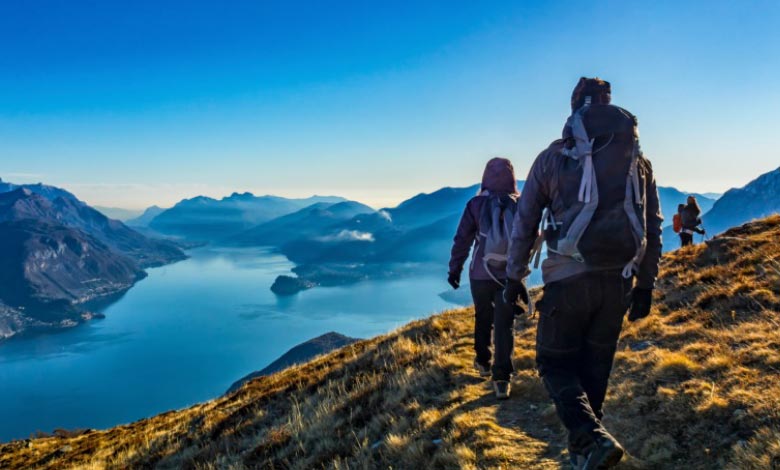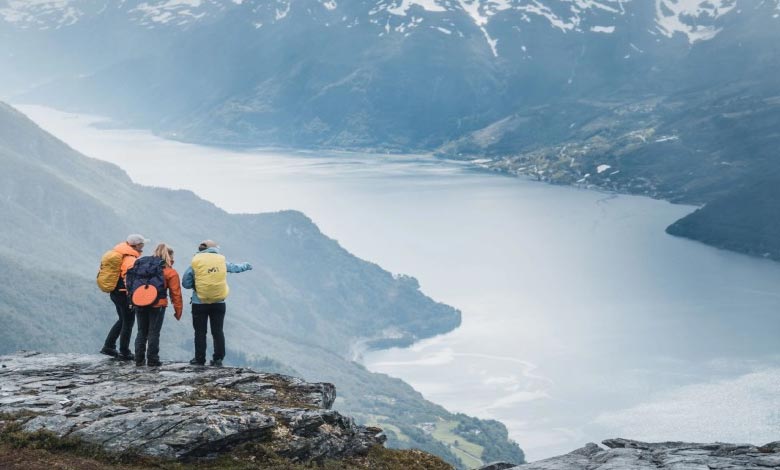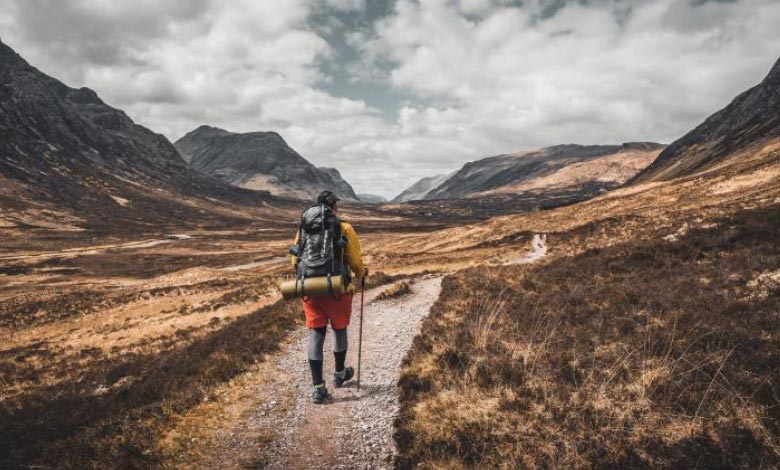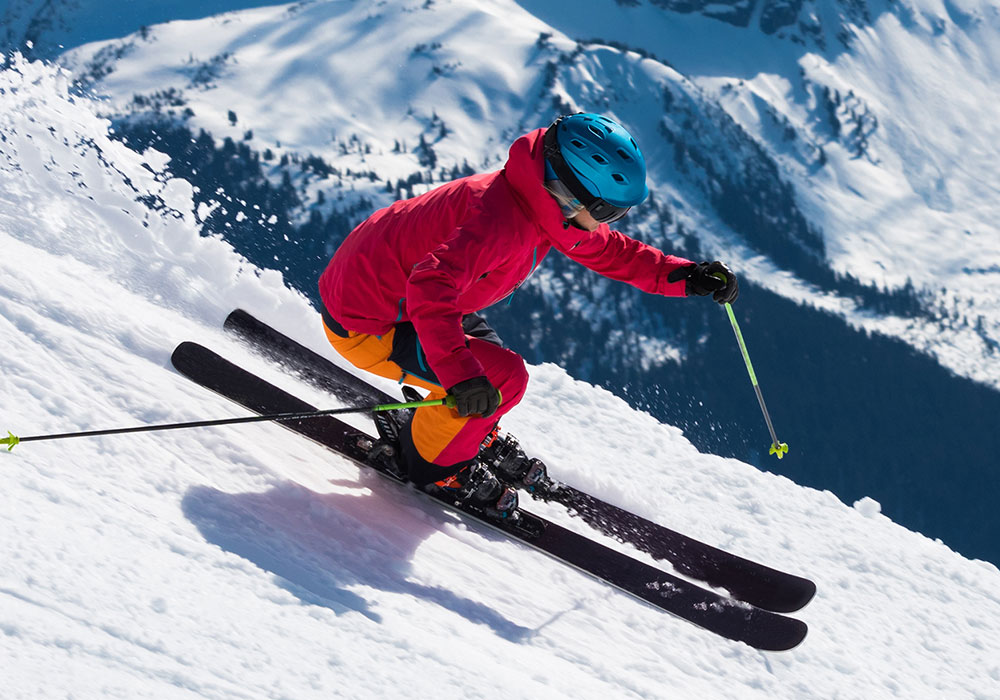A hike is a long, vigorous walk, usually on trails or footpaths in the countryside. Walking for pleasure developed in Europe during the eighteenth century. Long hikes as part of a religious pilgrimage have existed for a much longer time. “Hiking” is the preferred term in Canada and the United States; the term “walking” is used in these regions for shorter, particularly urban walks. In the United Kingdom and Ireland, the word “walking” describes all forms of walking, whether it is a walk in the park or backpacking in the Alps. The word hiking is also often used in the UK, along with rambling, hillwalking, and fell walking (a term mostly used for hillwalking in northern England). The term bushwalking is endemic to Australia, having been adopted by the Sydney Bush Walkers Club in 1927. In New Zealand a long, vigorous walk or hike is called tramping. It is a popular activity with numerous hiking organizations worldwide, and studies suggest that all forms of walking have health benefits. (From Wikipedia)

If you are planning a long distance hike, what do people usually prepare for it?
Here is the list for your reference:
- Backpack : A lightweight, well-fitted backpack with enough capacity for supplies.
- Footwear: Comfortable, supportibe hiking boots or shoes suited for terrain.
Besides, If you are going to a very cold place or a place with high altitude, you can bring a few pairs of TOE WARMER (https://www.jshanyao.com/product/regular-air-activated-products/toe-warmer/)
or INSOLE WARMER (https://www.jshanyao.com/product/regular-air-activated-products/foot-insole-warmer/). They will keep your feet away from the cold and the energy consumption caused by sweating.
- Clothing: Layered, moisture-wicking fabrics, rain gear, and proper insulation for colder hikes. Also, Body Warmer (jshanyao.com/product/regular-air-activated-products/body-warmer/), Large Warmer (https://www.jshanyao.com/product/regular-air-activated-products/large-warmer/) and Hand Warmer (https://www.jshanyao.com/product/regular-air-activated-products/hand-warmer/) are important to be brought, they can give you a warm when you meet the cold situation.
- Trekking Poles: Useful for stability on uneven groung.
- Map and Compass (or GPS): Critical for nabigating unfamiliar trails.
- First Aid Kit: Include essentials like bandages, antiseptic wipes, pain relievers or pain relief patches, like Shoulder and Neck Warmer (https://www.jshanyao.com/product/physical-therapy-products/shoulder-neck-warmer-i-ii-iii/) , Heat Patch (jshanyao.com/product/physical-therapy-products/heat-patch/), and blister treatment.
- Headlamp or Flashlight: In case the hike extends into the evening.
- Whistle and Emergency Blanket: For unexpected situations, like you can use Thermal Blanket(https://www.jshanyao.com/product/physical-therapy-products/heat-blanket/) when you meet the temp drop donw over the night, or ware Heat Vest(https://www.jshanyao.com/product/physical-therapy-products/heat-vest-liner/) when you feel very cold.
- Water Supply: Carry at least 2 liters and consider a water filtration system for longer hikes.
- Higj-Engergy Snacks: Nuts, protein bars, dried fruit, and trail mix.
- Lightweight Meals: Dehydrated or easy-to-prepare meals for multi-day hikes.
- Physical Training: Build endurance with regular walking, stair climbing, or strength training.
- Pacing and Breaks: Aviod exhaustion by maintaining a steady pace and taking short breaks.
- Mindset: Be prepared for challenges and stay adaptable to changing conditions.

In addition, you can also prepare some extra things according to your needs. Adequate preparation can make your hiking experience smoother, more successful and more enjoyable. OK, hope you can enjoy your hiking time~



